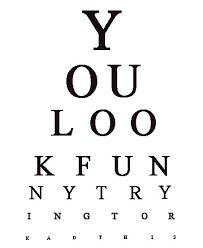
~

To re-write this sentence so it makes sense without commas, would you choose a, b, c or d?
We talked just as easily as we had in the past, when we would sit in the field behind Joan’s house atop the rabbit hutch and discuss our friends and our hopes for the future.
A. no change
B. in the field atop the rabbit hutch behind Joan’s house
C. atop the rabbit hutch in the field behind Joan’s house
D. behind Joan’s house in the field atop the rabbit hutch
Wow, this is intriguing and right up my alley.
The choices b, c, and d confuse me a little. Are they supposed to represent the part of the passage that would follow a comma?
Technically, I’m inclined to select the first choice, no change. The sentence is grammatically correct just the way it is, depending of course, on its larger context based on the over story being told. Conversely, the sentence could also be grammatically correct without the comma. That is why the three remaining multiple choices confuse me as suggestions for altering the sentence.
However, I’m not sure whether or not you’re also saying that if b, c, or d are selected, that the final part of the passage, “and discuss our friends and our hopes for the future.” stays or goes, because the instructions call for omitting the comma. As such, choice a cannot be correct.
Were I to be taking this test, I’d feel trapped, completely stumped on this question.
~
